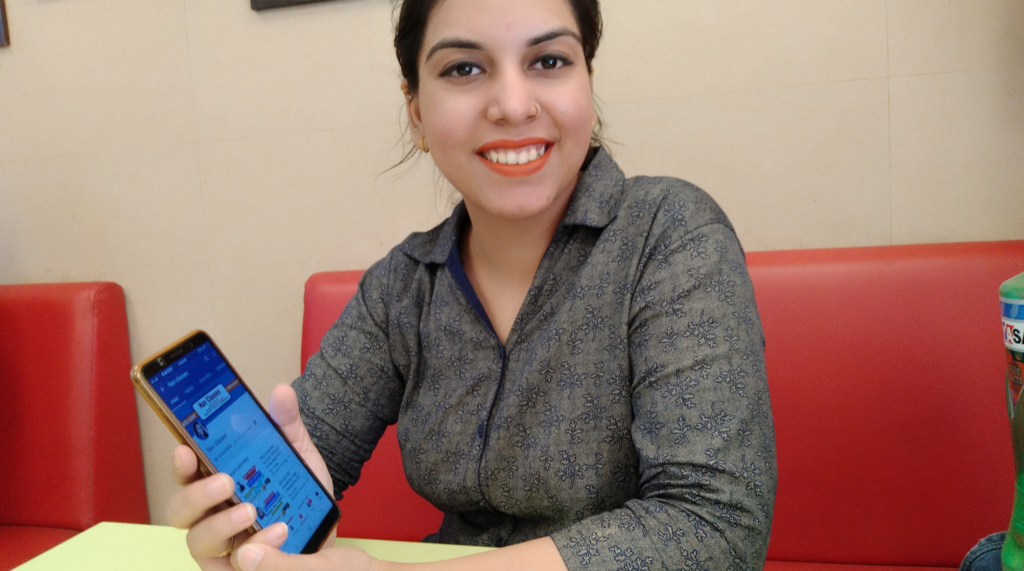Bookkeeping
The process of recording financial transactions in the books of accounts is called as bookkeeping. These transactions include sales, purchases, income and payments by an individual or organisation. Bookkeeping should not be confused with accounting. Accounting is the process of recording, classifying, summarising, analysing, interpreting financial transactions and communicating the results thereof to the persons interested in such information. Bookkeeping is just recording of transactions. Bookkeeping is the base of accounting. The accountant analyses the books of accounts and prepares reports from the financial transactions recorded by the book keeper. Normally business organisations are using two types of bookkeeping systems: single-entry system and the double-entry system of bookkeeping. In case single–entry only income and expense accounts are recorded primarily in a revenue and expense journal and this system is generally suitable for almost all of the small businesses. On the other side the double entry bookkeeping requires posting (recording) of each transaction twice in two different accounts, using debits and credits.
Definition of Bookkeeping
“Book-Keeping is a science and art of maintaining transactions of money transfers entered in the books of accounts. It may also be defined as the art of recording mercantile transactions in a regular and systematic manner, the art of keeping accounts in such a manner that a man may know the true state of his business and property by an inspection of his books”– Carter.
The Object of Bookkeeping:
- To have a permanent record of each transaction of the business and to show its financial effect to the business.
- To find the collective effect of all the transactions made during an accounting period (usually a year) upon the financial position of the business.
- To meet the legal requirements.
- One of the main objectives of bookkeeping is to determine the sales, find the actual position of stock estimate the cash position of the business at a given point of time or for a particular period.
| Tricks to learn Accounting Standards | |
| Trick to remember Indian Accounting Standards | |
| Ind AS Tricks: Part 2 |
Accounting Mechanics
Accountancy is the science of recording, classifying and summarising transactions. Generally, a business entity has multiple transactions every day during an accounting period and unless and until these transactions are analysed and recorded individually, it is very tough to determine the result of each transaction in the above two basic statements. The business transactions may be recorded in various ways. However, the double entry system is the most suitable for this purpose.
The Double Entry System
The origins of double-entry system can trace as far back as from the 12th century. According to sources Giovanni di Bicci de‟ Medici first gave this method for the Medici bank.
The modern double-entry system is of Amatino Manucci, a Florentine merchant who lived in 14th century. This system was used by the merchant adventurer by the end of the 15th century. Luca Pacioli, a monk and collaborator of Leonardo da Vinci was the first to codify the system in a mathematics textbook in 1494. Pacioli was the first to publish a detailed description of double-entry system thus was called the „father of accounting‟. His publishing the double entry system enabled many to study and use it.
Under this system of double-entry bookkeeping, each and every transaction is split into two aspects and both these aspects are recorded without any exception, whatsoever, any change in the concern. Whenever there is any action, there must be opposite and equal reaction. Thus, if furniture is purchased with cash, cash is depleted as against furniture, which increases. If furniture is purchased on credit, furniture increases as against increase in liability.
Each and every transaction is entered in the documents providing all the required information of the transaction. The most regular documents that are used are as under:
- Payment Voucher: This is usually on a printed standard form and it is a record of payment. Whenever we pay for an expense, then mostly a bill is prepared which records full particulars of the claim by the person receiving payment. There from the bill, the accounts department prepares a voucher for every payment to be made.
- Money Receipt: Money receipt is a document, which is issued whenever cash / cheque are received. This document is an evidence that a sum of money has been received from a person or organisation.
- Journal Voucher: The journal voucher records all other residuary transactions. Any internal transaction or a transactions not involving any cash payment or cash receipt is posted in the journal voucher.


Thank u mam I’m waiting for commerce notes thank u so much……..
great, keep learning